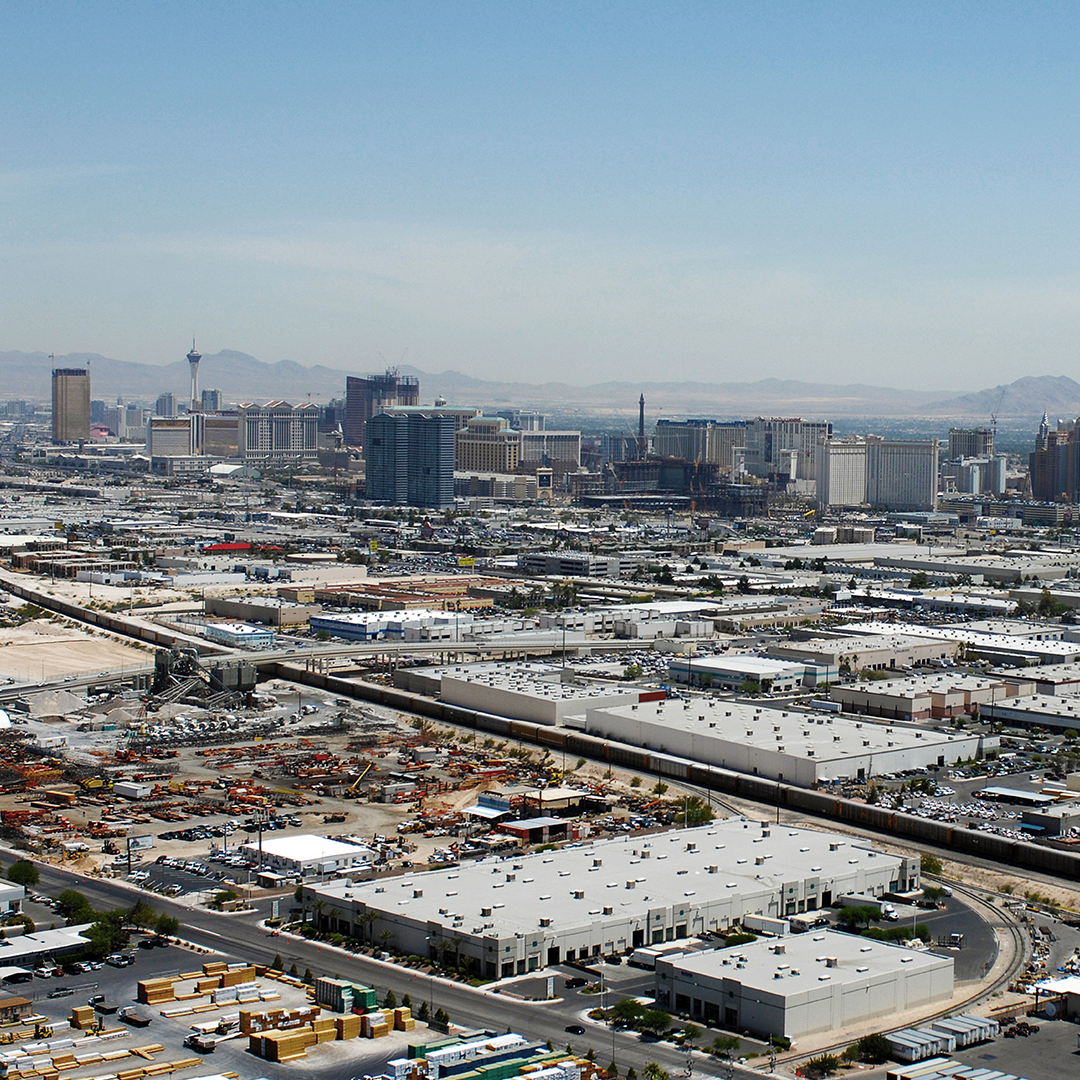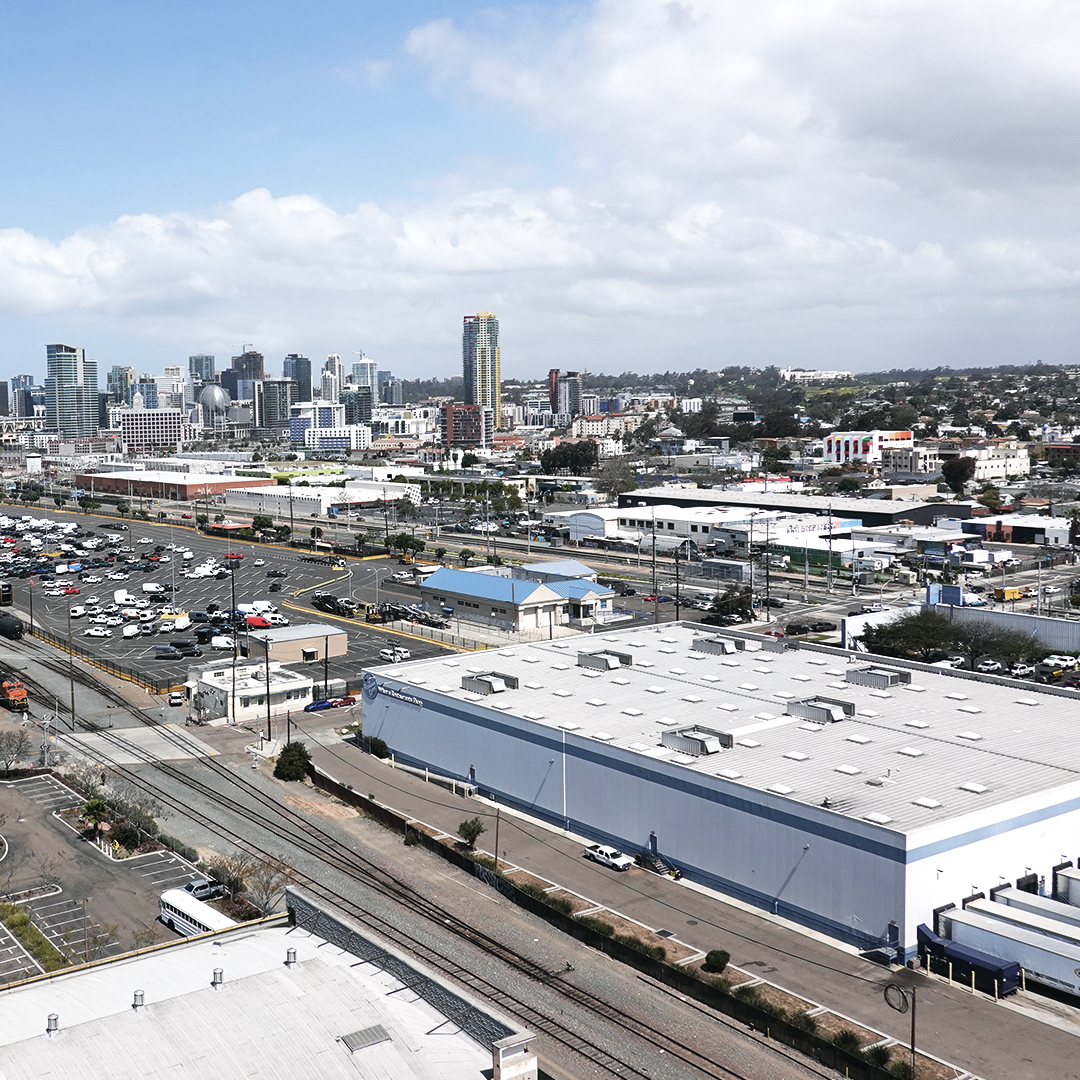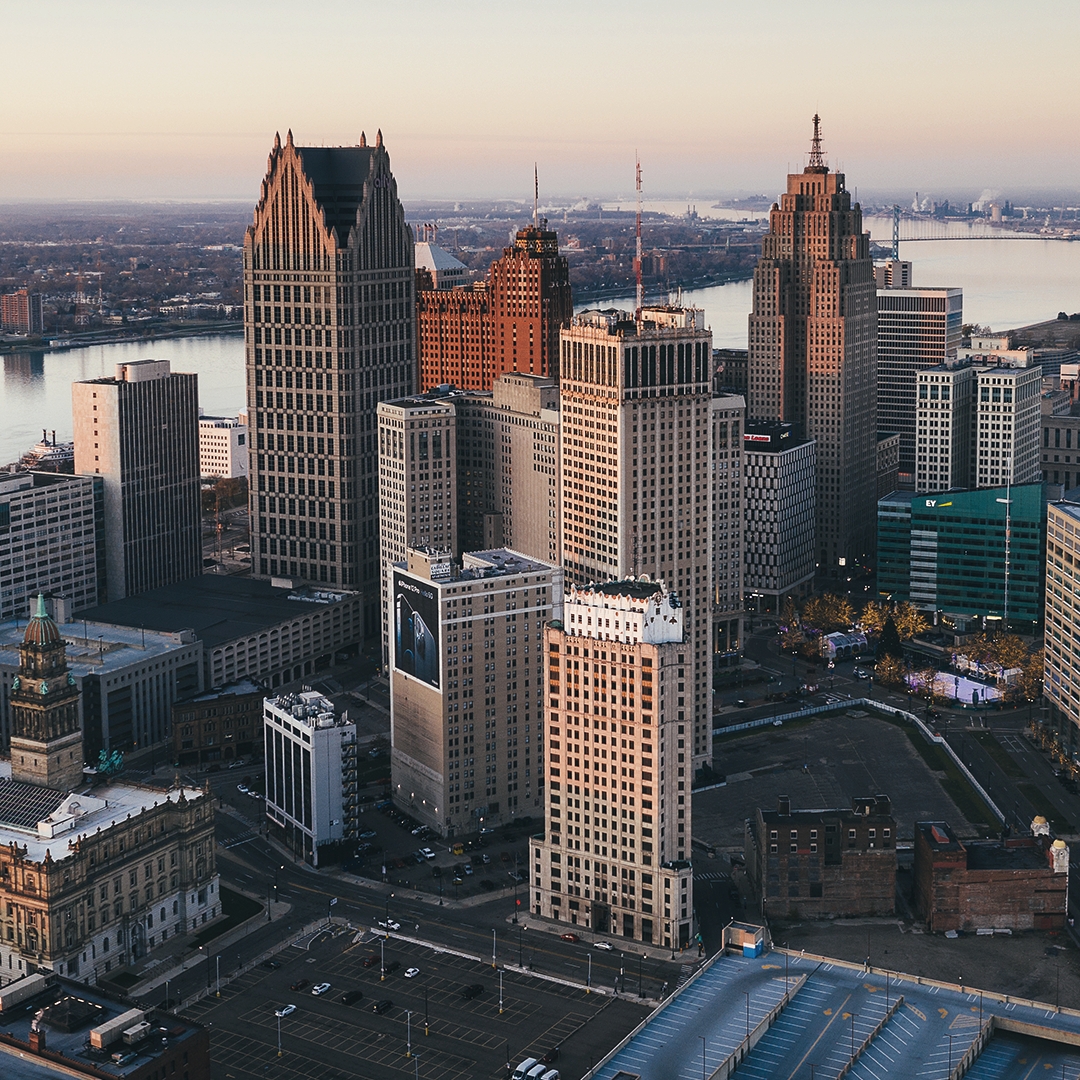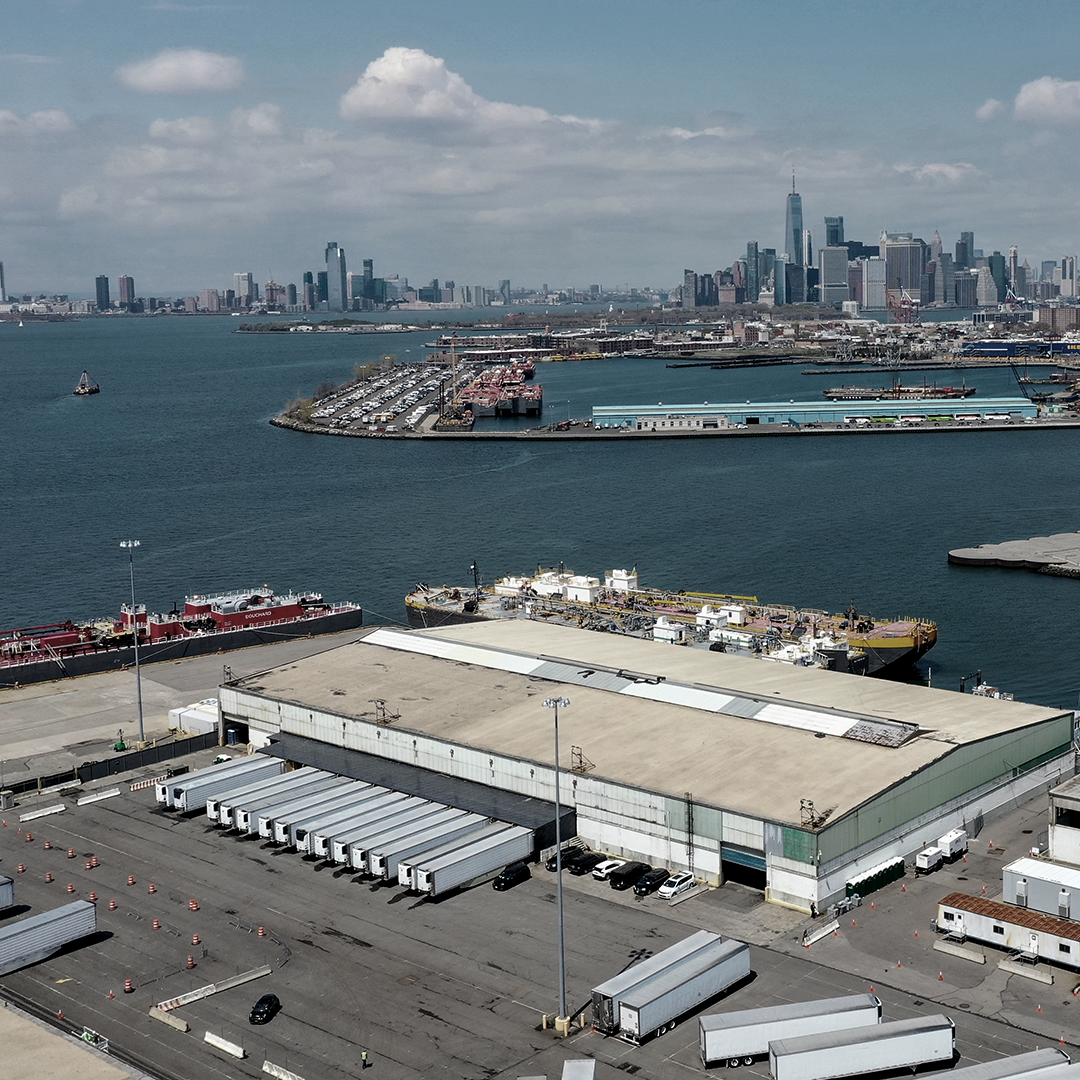Future Cities
Emerging Industrial Markets: Las Vegas
January 23, 2024 5 Minute Read

Las Vegas had its third best year of net absorption in 2023, demonstrating its attractiveness during an otherwise sluggish year for industrial leasing activity. Companies wanting to expand in our market or establish a presence for the first time have had few options in recent years. Now, in 2024, a record new supply is being delivered, which should accommodate demand that could not be satisfied previously due to lack of available space. If the overall economy cooperates, the region is poised for a strong year.
Demographics
Approximately 2.5 million people—23% aged 18 to 34—live within 100 miles of Las Vegas, with a projected five-year growth rate of 3.2%. There are 26.5 million residents within 250 miles.
Figure 1: Las Vegas City Population Analysis
Las Vegas’s warehouse labor force of 52,256 and is expected to grow 13.8% by 2033, according to CBRE Labor Analytics. The average salary for a non-supervisory warehouse worker is $17.15 to $20.50 per hour, while the overall average is $18.58. This is 4.5% above the national average warehouse wage of $17.78. Las Vegas’s unemployment rate is 5.4% as of October 2023 versus 5.9% a year earlier, according to the U.S. Bureau of Labor Statistics. Over the same time period, the state’s unemployment rate has fallen slightly from 5.5% to 5.4%.
Figure 2: Las Vegas Warehouse & Storage Labor Fundamentals
Location Incentives
Over the past five years, there have been over 100 economic incentive deals with employers, valued at more than $150 million for an average of $13,600 per new job in the Las Vegas metro, fDi Intelligence reports.
According to CBRE’s Location Incentives Group, among the top incentive programs available in Las Vegas is the Modified Business Tax (MBT), which provides up to 50% abatement on quarterly payroll over $50,000 taxed at 1.378%. To qualify, the Governor’s Office of Economic Development (GOED) requires businesses to meet the following criteria:
- Capital investment for new businesses must equal at least $5 million for manufacturing and $1 million for all other industries in urban areas, or $1 million for manufacturing and $250,000 for all other industries in rural areas. Capital investment for existing businesses must equal at least 20% of the value of existing tangible property.
- New businesses must create at least 50 full-time jobs in urban areas or 10 full-time equivalent (FTE) jobs in rural areas. Existing businesses must increase employment by the greater of 10% of the existing workforce, 25 FTE jobs in an urban area or six FTE jobs in a rural area.
Figure 3: Top Incentive Programs
Note: The extent of state and local incentive offerings depends on location and scope of the operation.
Logistics Drivers
Las Vegas, located in southern Nevada, is the southwestern U.S.’s second largest metro and the country’s 25th most populated city. Nevada is one of the nation’s most tax-friendly states, as it does not tax corporate or personal income, estates, franchises, gifts or inventories. Las Vegas is best known for its entertainment, gaming and hospitality industries and for hosting major events like Super Bowl LVIII, which will take place at the new Allegiant Stadium on February 11.
By water, the Port of Los Angeles and Port of Long Beach are the closest seaports (approximately 280 miles) to Las Vegas, connected by the I-15 Highway. The two ports make up the San Pedro Port Complex, ranked the world’s ninth-largest port complex. By air, the Harry Reid International Airport serves the Las Vegas region and includes a first-class air cargo freight and distribution facility (over 200,000 sq. ft.). The airport handled 215.6 million pounds of cargo from Q1 through Q3 2023, up 4.3% year-over-year. By rail, Las Vegas has access to the Burlington Northern Santa Fe and Union Pacific freight railways.
Supply & Demand
Las Vegas has nearly 165 million sq. ft. of industrial space, the majority of which (54.7 million sq. ft.) is in facilities under 50,000 sq. ft. Another 37.6 million sq. ft. is in facilities between 100,000 to 250,000 sq. ft. In 2023, Las Vegas saw the third-most annual net absorption on record at 8.1 million sq. ft., just behind 2017 (8.2 million sq. ft.) and 2021 (10.5 million sq. ft.). The market has six submarkets: Airport, Apex, Central, Henderson, North Las Vegas and Southwest. North Las Vegas holds the most industrial inventory at just over 70 million sq. ft.
Overall average asking rents in Las Vegas stood at $1.20 NNN per sq. ft. per month or $14.40 NNN per sq. ft. per year, up 60% since 2019. The amount of available space for sublease (across 34 buildings) has remained around 1.3 million sq. ft. for the past six quarters. North Las Vegas contains the most sublease space (836,805 sq. ft.). Overall vacancy in Las Vegas was 3.2% by the end of 2023, a 190-bps increase year-over-year and a 70-bps decrease from 2019. The main cause of the recent vacancy increase is the record 17.3 million sq. ft. of completed construction delivered last year.
Las Vegas is among the top ten U.S. industrial markets for industrial space under construction, at 17.3 million sq. ft., with 20% preleased as of the end of 2023. One of the largest projects underway is a 1.8 million sq. ft. facility being developed by VanTrust at Vantage North, a logistics and distribution park. The most active tenants in the market are third-party logistics (3PL) or food & beverage companies. Although continued macroeconomic uncertainty tempered transaction activity in 2023, at the outset of 2024 there are numerous tenants seeking to relocate from California. Las Vegas is positioned for continued growth given its robust labor market, attractive incentives and new, state-of-the-art available space to accommodate ongoing occupier demand.
Figure 4: Las Vegas, Historical Data
*Currently active as of Q4 2023; historical years depict highest amount that was underway within that year.
Figure 5: Las Vegas, Size Range Comparison
Emerging Industrial Markets
Spotlighting markets across North America that offer demographic, logistics and incentives advantages for industrial investors and occupiers
Contacts
James Breeze
Vice President, Global Industrial and Retail Research

John Morris
President, Americas Industrial & Logistics, Advisory Services

Related Insights
-
Brief | Future Cities
Emerging Industrial Markets: Kansas City

Kansas City has become a key logistics hub for many automotive suppliers, distributors and 3PLs due to its strong infrastructure and location.
-
Brief | Future Cities
Emerging Industrial Markets: Otay Mesa, San Diego

The cross-border manufacturing partnership between San Diego and Mexico benefits all parties involved.
-
Brief | Future Cities
Emerging Industrial Markets: Detroit

Detroit has long been known as the nation’s leader in the automotive industry and for advancing new technologies in mobility and manufacturing.
-
Brief | Future Cities
Emerging Industrial Markets: New York City

New York City’s industrial demand is largely driven by e-commerce companies, third-party logistics providers and retailers seeking quick access to the over 20 million people living in the metropolitan region.
Related Services
- Property Type
Industrial & Logistics
We represent the largest industrial real estate platform in the world, offering an integrated suite of services for occupiers and investors.
- Property Type
Industrial & Logistics Investor Services
Purchase, lease, and manage and sell your assets with proven real estate strategies for industrial investors, property owners, developers and landlords.
- Property Type
Industrial & Logistics Occupier Services
We help businesses drive sustainable value through the entire real estate lifecycle to meet clients’ objectives, mitigate risk and optimize performance.
